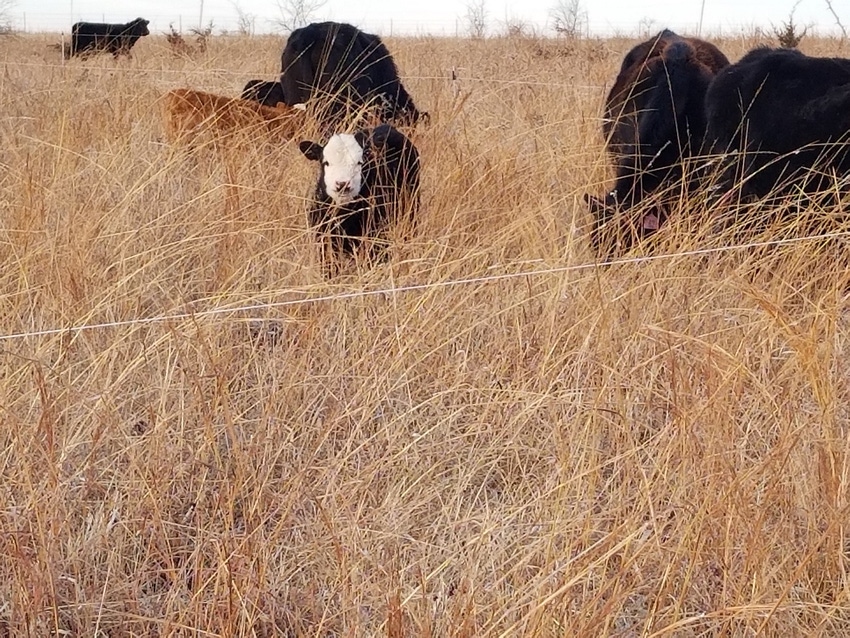
I keep hearing about high prices for hay and shortages of forage this wet, snowy winter.
Earlier this week I was in Pennsylvania for a grazing meeting west of Philadelphia in the Amish-Mennonite country and saw nary a blade of grass standing. Of course, many of the folks I heard from while there are small dairymen, many of them grass-based, and they are struggling with very low milk prices and all the associated problems.
Still, it reminds me how important it is to plan for a winter stockpile of forage and/or stored forage as cheaply put up and fed as possible. Bale grazing is one example. Graze the bales in place with livestock control and by electric fence, thereby only moving bales one time or not at all. Same for windrow grazing. And as I mentioned, grazing through the winter on standing forage is the lowest cost of all. Kudos to Jim Gerrish and his great book Kick the Hay Habit.
I gave a presentation on building soil organic matter through grazing and fitting cows to that environment to create greater production and greater profit. Being dairymen in large part, they were curious about quality of winter warm-season forages, assuming them too low in quality. I believe the issue really is whether you can match your resources to your production capacities to your harvesting means, whether that’s dairy cattle, beef cattle, sheep, goats or garden produce.
At any rate, in preparing for this talk, one of the things the meeting planner asked me to research is emergency measures for tough times. Although I’m not fond of the idea and would personally prefer to sell cattle before times got tough and buy back later, one option is to use mixed ration and some form of confinement to get through brief periods of inadequate forage. I recall hearing central-Texas rancher Ron Crocker talk about irregularly using cow confinement and feeding when droughtiness strikes his area. It allows he and his sons and their families to keep their herd intact and protect the ranch from overgrazing/over-consumption until forage production gets back to normal.
Confinement feeding of cows is financially questionable to my way of thinking, at least with calf prices off those historical highs that made it look viable back in 2014 and 2015.
Yet for those who have the feed-handling capacity and a viable place to confine cows, it might make for a short-term solution to an inadequate-forage situation. The big benefit is cows in confinement may eat up to 40% less than those cows that have to hustle across the landscape to graze up a living.
Here are three resources I found. I’m sure you can find more by searching for similar titles to these.
OSU’s cow limit-feeding fact sheet called Limit Feeding Concentrate Diets to Beef Cows as an Alternative to Feeding Hay.
Kansas State University’s online publication called Managing Cows in Confinement.
Ohio State University publication on Limit-Feeding Cows on a Corn-Based Diet.
About the Author(s)
You May Also Like




